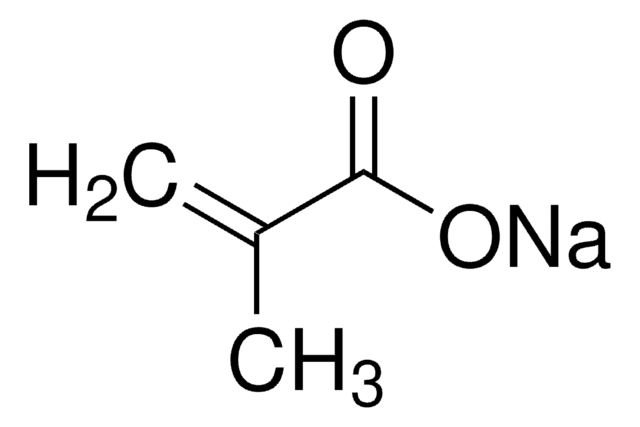311332
Inhibitor removers
replacement packing for removing hydroquinone and monomethyl ether hydroquinone
Sinónimos:
inhibitor removal column
Iniciar sesiónpara Ver la Fijación de precios por contrato y de la organización
About This Item
Productos recomendados
vapor density
<1 (vs air)
Quality Level
vapor pressure
17 mmHg ( 20 °C)
form
beads
autoignition temp.
932 °F
SMILES string
[Al]21O[Al](O2)O1
InChI
1S/2Al.3O
InChI key
TWNQGVIAIRXVLR-UHFFFAOYSA-N
¿Está buscando productos similares? Visita Guía de comparación de productos
Categorías relacionadas
General description
Inhibitor-remover packings and ready-to-use, disposable prepacked columns conveniently remove small amounts of inhibitors which are added to reagents or solvents that would otherwise be unstable. R: 20-37 S: 22-38-36
• Useful in applications which require that the stabilizer or inhibitor (hydroquinone (HQ), hydro-quinone monomethyl ether (MEHQ, 4-methoxyphenol), or 4-tert-butylcatechol (TBC) be removed prior to use.
• Columns may be discarded1 when exhausted or reused by filling column approximately 3/4 full with new packing material. HQ/MEHQ columns refill vol.: ~21g. TBC column refill vol.:~30g.
• Approx. column capacity:
HQ/MEHQ: 3L at 100ppm
TBC: 4L at 15ppm
• TBC columns and packings are not recommended for use with polar solvents, including acrylic acid. Vacuum distillation is suggested for such applications.
Easy-to-use:
1. Prewashing of prepacked glass columns with a small amount of monomer is recommended.
2. Add monomer (or solvent) to an addition funnel which is secured above column.
3. Add monomer dropwise to the column. Monitor rate of addition to prevent overflow of the column. Collect monomer in an appropriate container.
4. For low-melting solid monomers, keep temperature of column above the melting point during use.
Caution: Overheating may cause monomer to polymerize on the column. Viscous or high-melting monomers may be diluted in an appropriate solvent before addition to the column.
1Unused columns can be discarded with other solid chemical waste. After use, the toxicity and hazards of the monomer, from which the inhibitor is being removed, should be considered in deciding how to dispose of the packing material or column.
• Useful in applications which require that the stabilizer or inhibitor (hydroquinone (HQ), hydro-quinone monomethyl ether (MEHQ, 4-methoxyphenol), or 4-tert-butylcatechol (TBC) be removed prior to use.
• Columns may be discarded1 when exhausted or reused by filling column approximately 3/4 full with new packing material. HQ/MEHQ columns refill vol.: ~21g. TBC column refill vol.:~30g.
• Approx. column capacity:
HQ/MEHQ: 3L at 100ppm
TBC: 4L at 15ppm
• TBC columns and packings are not recommended for use with polar solvents, including acrylic acid. Vacuum distillation is suggested for such applications.
Easy-to-use:
1. Prewashing of prepacked glass columns with a small amount of monomer is recommended.
2. Add monomer (or solvent) to an addition funnel which is secured above column.
3. Add monomer dropwise to the column. Monitor rate of addition to prevent overflow of the column. Collect monomer in an appropriate container.
4. For low-melting solid monomers, keep temperature of column above the melting point during use.
Caution: Overheating may cause monomer to polymerize on the column. Viscous or high-melting monomers may be diluted in an appropriate solvent before addition to the column.
1Unused columns can be discarded with other solid chemical waste. After use, the toxicity and hazards of the monomer, from which the inhibitor is being removed, should be considered in deciding how to dispose of the packing material or column.
Storage Class
11 - Combustible Solids
wgk_germany
nwg
flash_point_f
Not applicable
flash_point_c
Not applicable
ppe
Eyeshields, Gloves, type N95 (US)
Elija entre una de las versiones más recientes:
¿Ya tiene este producto?
Encuentre la documentación para los productos que ha comprado recientemente en la Biblioteca de documentos.
Los clientes también vieron
Artículos
We presents an article regarding common FAQ's for initiators and stabalizers
Nuestro equipo de científicos tiene experiencia en todas las áreas de investigación: Ciencias de la vida, Ciencia de los materiales, Síntesis química, Cromatografía, Analítica y muchas otras.
Póngase en contacto con el Servicio técnico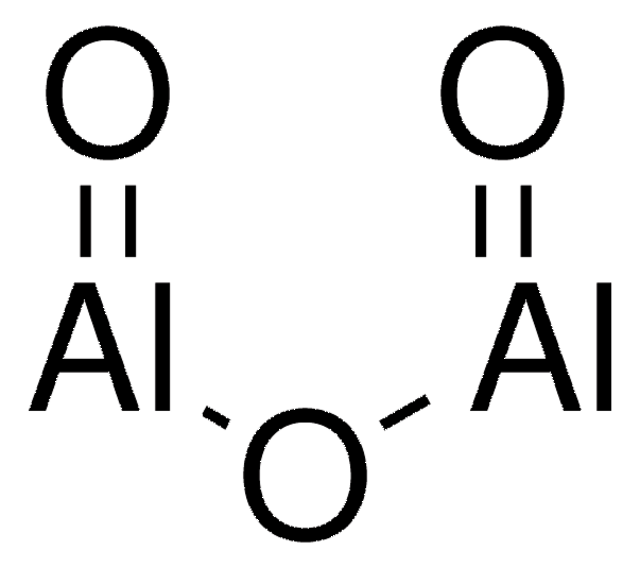

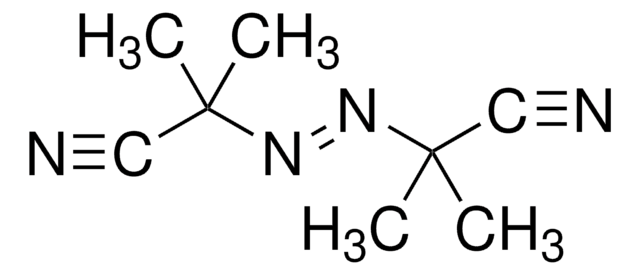

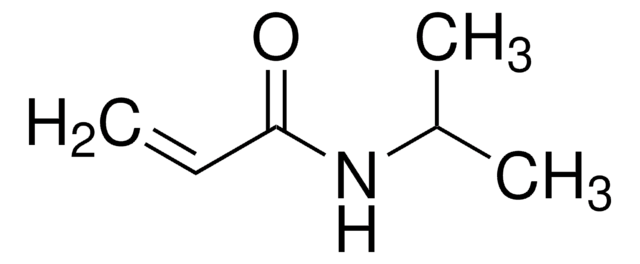


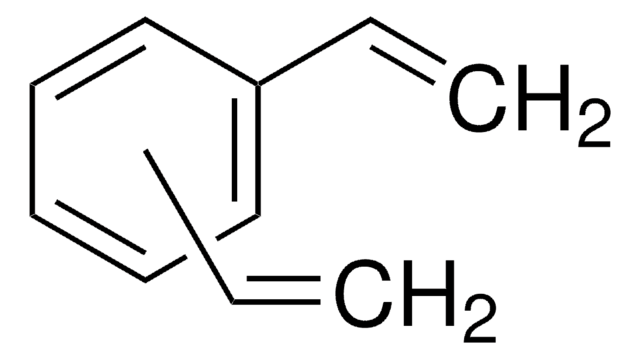


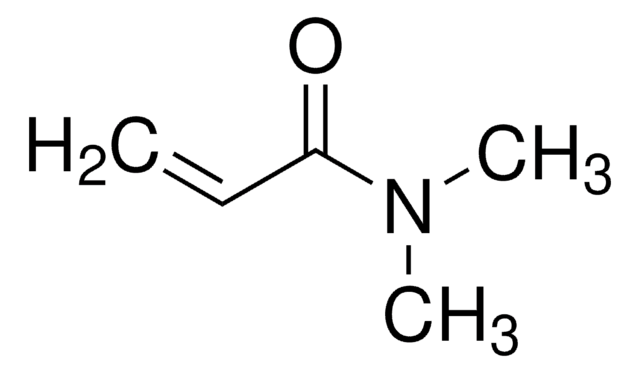
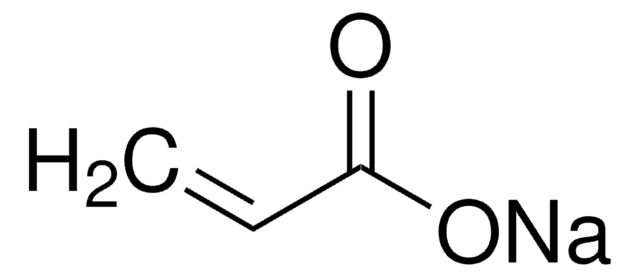
![[2-(Methacryloyloxy)ethyl]trimethylammonium chloride solution 75 wt. % in H2O](/deepweb/assets/sigmaaldrich/product/structures/316/612/66b0f4cf-d060-427d-b4f5-e8fab3e5cffe/640/66b0f4cf-d060-427d-b4f5-e8fab3e5cffe.png)
